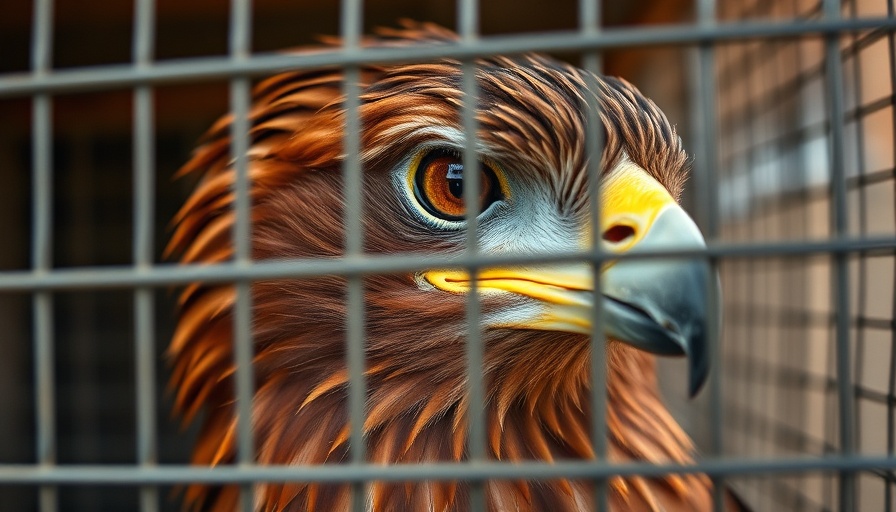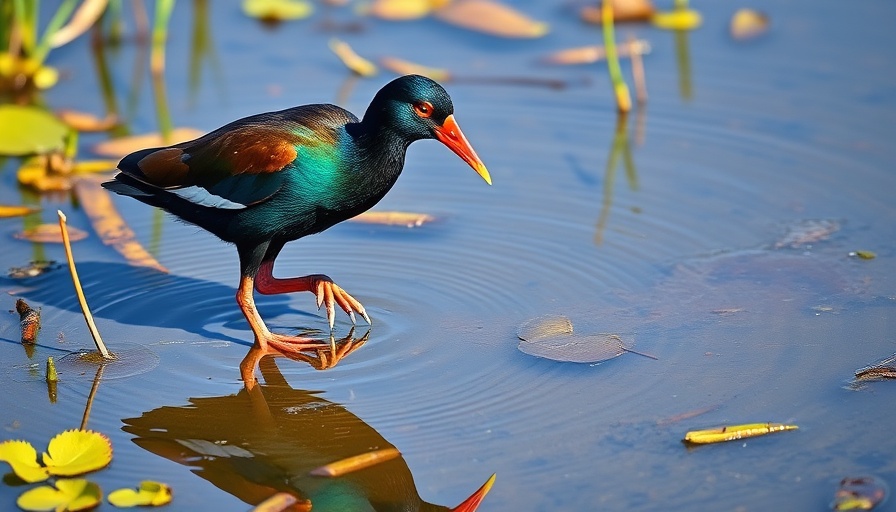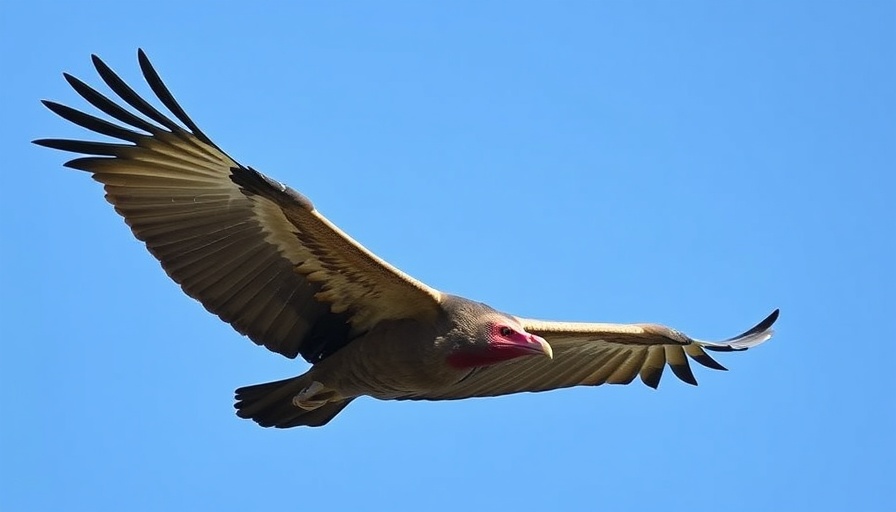
Delhi's Unique Sanctuary: The Jain Bird Hospital
Nestled in the heart of India’s bustling capital, Delhi, stands a remarkable institution that embodies a philosophy of compassion and care for all living beings. The Jain Bird Hospital, also known as the Charity Birds Hospital, has been offering rescue and rehabilitation services to avian patients since it opened its doors in 1929. With over 90 years of dedication, this hospital operates entirely on donations, predominantly from the Jain community, which subscribes to the principle of “live and let live.”
A Lifeline for Injured Birds
The hospital currently tends to around 2,600 birds, providing critical medical attention, food, and a safe haven for injured or sick birds. The lead veterinarian, Dr. Haravtar Singh, works tirelessly alongside a small yet devoted team, predominantly caring for pigeons, though a variety of other species like parrots, kites, vultures, and peacocks are treated depending on the season.
Free Care for All
Urban environments can pose significant threats to local bird populations. Experiences such as entrapment by fans during the hot summer months or injury from kite strings are common perils faced by these avian residents. At Jain Bird Hospital, any individual can bring a bird in need, where they receive excellent care without charge. Once rehabilitated, birds are released from the hospital and given new opportunities to soar freely once again.
A Beacon of Hope
This hospital is not just a medical facility; it serves as a symbol of kindness and advocacy for wildlife. The Jain Bird Hospital illustrates how communities can come together to support local wildlife, emphasizing the interconnection between human and animal welfare. In a world often overshadowed by environmental issues, the hospital stands as a hopeful reminder of our ability to nurture and protect those who cannot speak for themselves.
The insightful work done at Delhi’s Jain Bird Hospital highlights the importance of wildlife rescue and the community-driven initiatives that make such endeavors possible. It invites us to reflect, act, and engage with our own environments to ensure safety and care for all living beings.
 Add Row
Add Row  Add
Add 




Write A Comment